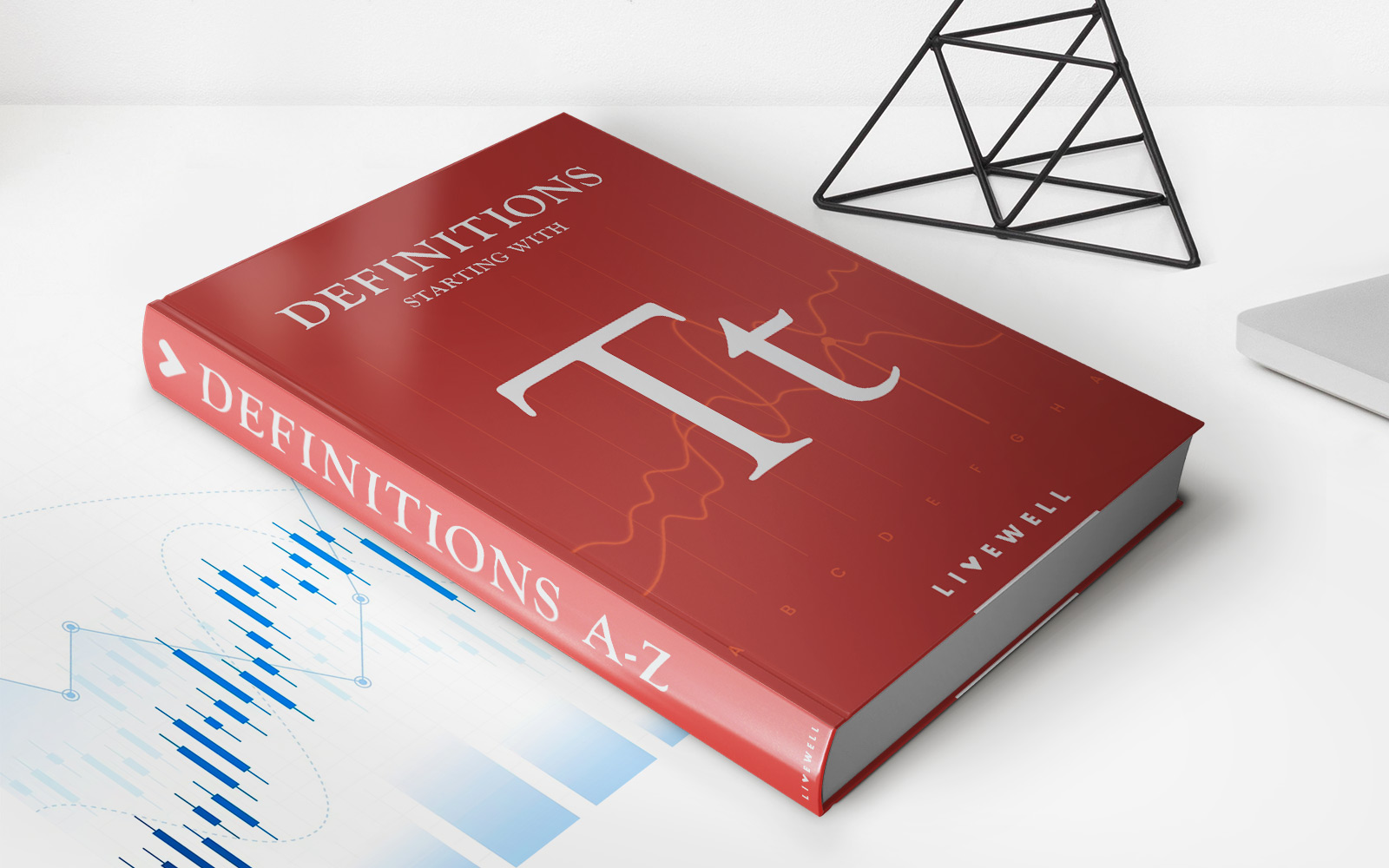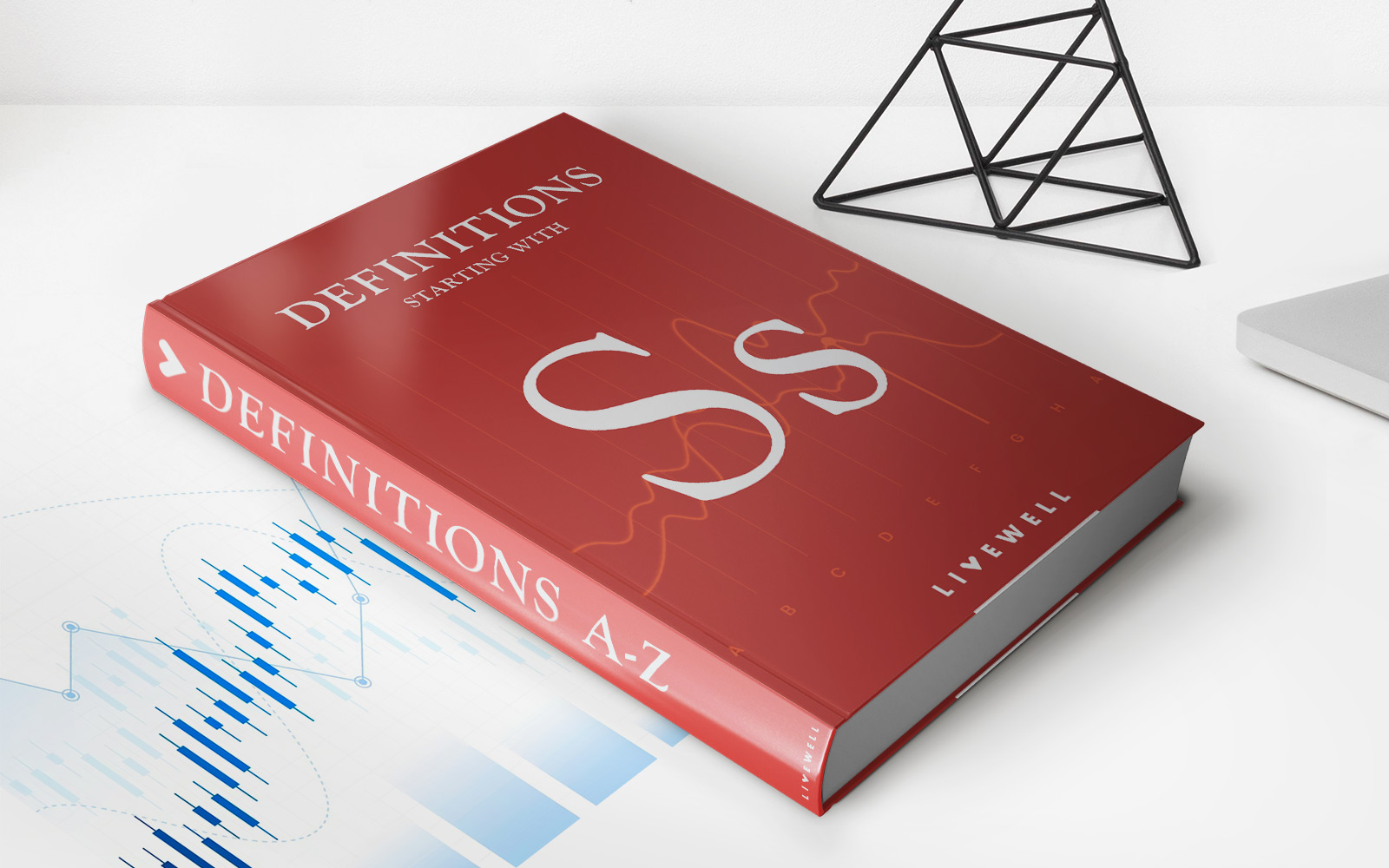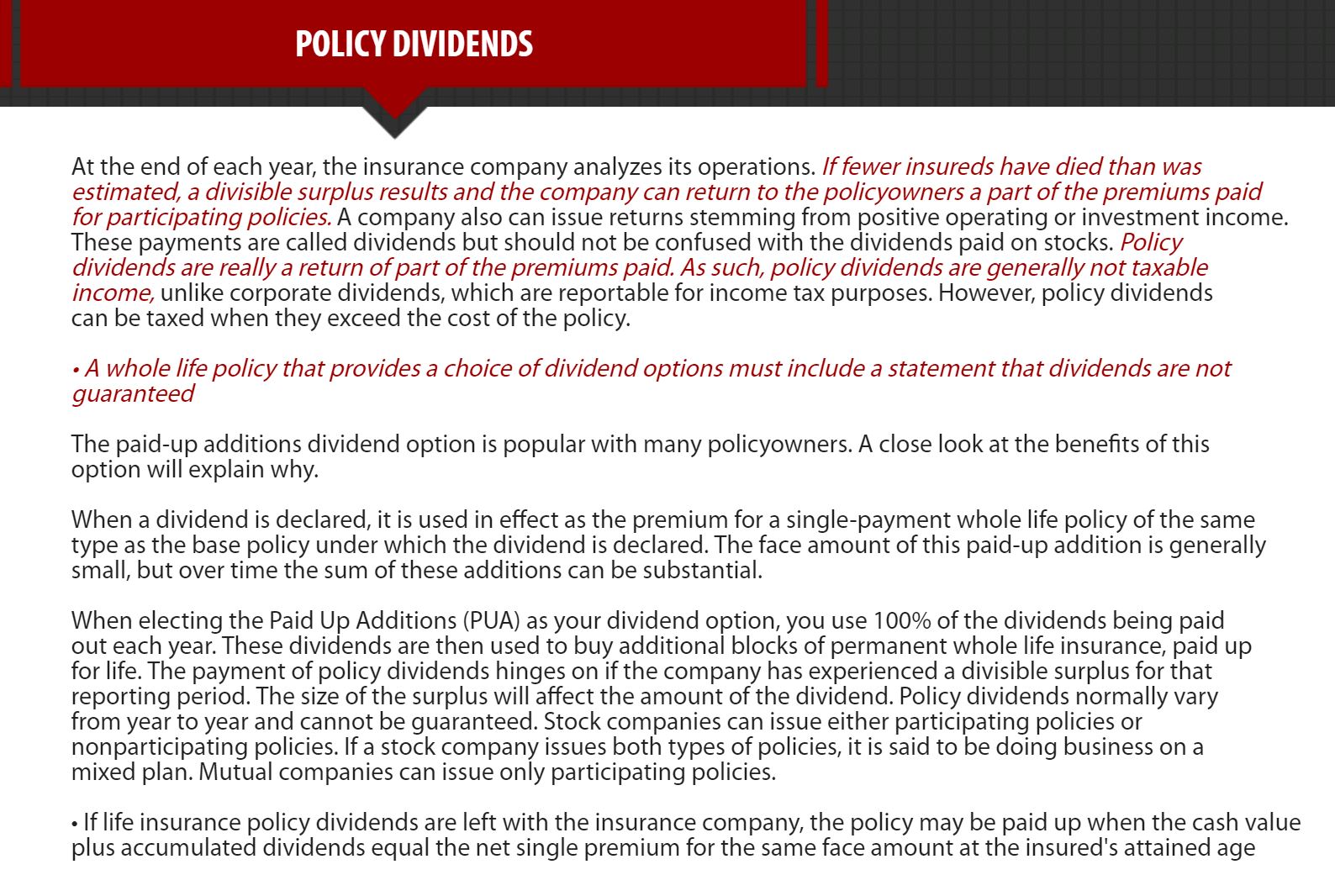Home>Finance>Tax Incidence: Definition, Example, And How It Works


Finance
Tax Incidence: Definition, Example, And How It Works
Published: February 6, 2024
Learn all about tax incidence in finance, including its definition, examples, and how it works. Gain a comprehensive understanding of this crucial concept in just a few simple steps.
(Many of the links in this article redirect to a specific reviewed product. Your purchase of these products through affiliate links helps to generate commission for LiveWell, at no extra cost. Learn more)
Welcome to the World of Tax Incidence
Are you ready to dive into the complex world of tax incidence? In this article, we will explore the definition of tax incidence, provide an example to better illustrate the concept, and explain how it works. So, let’s get started!
Key Takeaways
- Tax incidence refers to the distribution of tax burdens between buyers and sellers in a market.
- The party that bears the majority of the tax burden is said to have a higher tax incidence.
What is Tax Incidence?
Tax incidence refers to the way in which the burden of a tax is distributed among buyers and sellers in a market. It helps us understand who ultimately bears the economic burden of a tax. But how does it work?
Imagine a scenario: the government decides to impose a tax of $1 on every bottle of soda sold in the market. This tax will be collected from the seller. Now, let’s examine the possible outcomes:
- The seller may choose to pass on the tax burden to the buyer by increasing the price of the soda by $1, thus shifting the burden of the tax onto the consumer.
- The seller may absorb some of the tax burden by only increasing the price by $0.50, while passing on the remaining $0.50 to the consumer.
- In some cases, the seller may be able to shift the entire tax burden onto the consumer by not changing the price of the soda at all. This can happen when the demand for the product is highly inelastic, meaning that consumers are still willing to buy the product even at a higher price.
An Example to Illustrate Tax Incidence
Let’s consider a real-life example to better understand tax incidence. Suppose the government imposes an excise tax on cigarettes. As a result:
- The price of cigarettes increases by $1 per pack.
- The quantity demanded of cigarettes decreases by 10% due to the higher price.
- The revenue collected from the tax is then used by the government to fund public health initiatives.
In this scenario, the tax incidence can be observed as follows:
- The consumers of cigarettes experience a higher price due to the tax.
- The producers of cigarettes may choose to absorb some of the tax burden or pass it on to consumers by increasing the price.
Ultimately, the incidence of the tax can vary depending on factors such as the elasticity of demand and supply, the relative bargaining power of buyers and sellers, and market competition.
How Tax Incidence Works
Tax incidence is a complex concept influenced by various factors. Here’s how it works:
- The elasticity of demand and supply: If the demand for a good is inelastic, meaning that consumers are not highly responsive to price changes, the burden of the tax is more likely to fall on consumers, as they will continue to purchase the good despite the higher price.
- Bargaining power: The relative bargaining power of buyers and sellers can influence tax incidence. If buyers have more bargaining power, they may be able to negotiate lower prices and shift more of the tax burden onto sellers.
- Market competition: In a competitive market, sellers may have limited ability to pass on the tax burden to consumers. This is because consumers have alternative options available, allowing them to switch to other sellers offering lower prices.
Understanding tax incidence is crucial for policymakers, as it helps them evaluate the impact of taxes on different stakeholders and make informed decisions. It also allows economists and researchers to analyze the efficiency and equity implications of taxation.
So, the next time you come across a tax, remember tax incidence and how it affects the economy. It’s a fascinating concept that sheds light on the intricate dynamics of markets and taxation!














